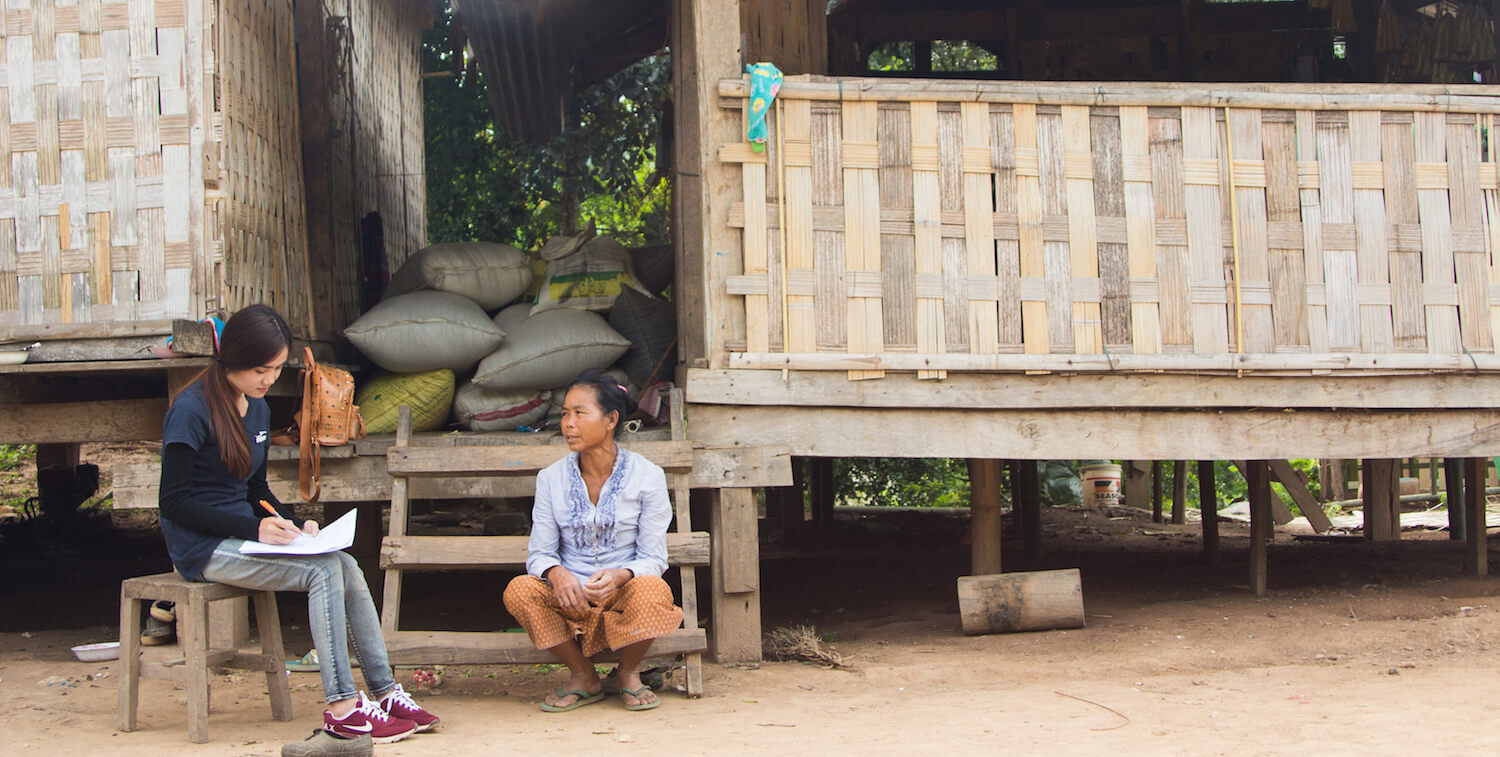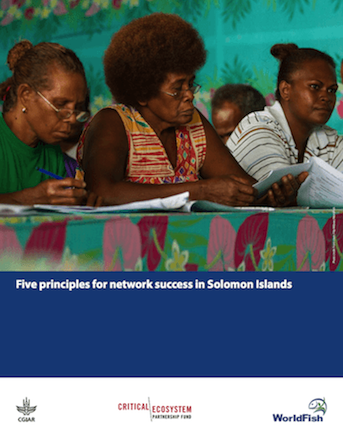
How to Help Your Donor Share Your Story
Here are 8 ways you can help your donor help you
16 September 2019
Most conservationists want the details of their project to be shared far and wide. This can help secure future funding, galvanize support in local communities where the project is taking place, and persuade government officials that your conservation goals are important.
Donor organizations are an often-untapped resource to help you amplify your story. Your successes are their successes, and they can help your work reach a larger audience.
Here are eight ways to help them spread the word.
1. Follow donor communication guidelines.
First thing’s first: It’s important to follow the communication guidelines of your donor. Most donors provide specific guidance regarding when and how to credit them in any communication products you develop about the project they helped fund. This can include articles on your website, YouTube videos, posters and signs.
Meeting donor communications requirements often provides audiences with clarity on the relationship between you and the donor, which makes it easier for donors to share your communications materials.
CEPF’s requirements can be found in Attachment 4 of your grant agreement. We also offer further guidance in our Grantee Communications Toolkit, available in English, Arabic, French, Portuguese and Spanish.

2. Send the donor your communication products.
Once you’ve developed a communications product, share it with your donor! Not only does this show them the work that you’re doing, but they may then be able to share it with their own audiences.
At CEPF, we can add your articles, reports, posters or other materials to your project’s page on our website. We may also share the material through social media (as we did with the publication to the left).
3. Notify donors of publicity your project receives.
Even if they aren’t specifically mentioned, your donors want to know about any research articles related to your project that have been published as well as any newspaper articles or TV segments.

Note that, for print news articles, its more useful to a donor if you send them a link to the online version rather than a photo of the article itself.
If you’re expecting a big splash in news media, it may be beneficial to let your donor know in advance, so they can coordinate their communications about the news with you. (And, of course, if you’re ever anticipating negative media coverage, it’s a good idea to give your donor a head’s up so they aren’t caught by surprise.)
4. Provide information about results and impact.
Results and other project data are key components of your story and help you demonstrate the difference you are making. That’s why, when you are completing your reports, it’s important to answer each question and include quantitative answers. Generally, the more information you can provide, the better.
“This process begins when I write the proposal,” said Magda Bou Dagher Kharrat from CEPF grantee Université Saint-Joseph. “I already try to imagine the qualitative and quantitative results that could be useful to the donors."
Data can also help your donor tell their own story. You may not think about it, but your donor wants to be able to demonstrate their results, and may have its own donors to report to! CEPF, for example, has six “global donor” partners, and we need to show them that our grantees are making a positive impact in the places where we invest.
5. Provide photos.
Your donors are always looking for images that illustrate the work that they are helping to make happen. An image of the endangered bird your project is helping to protect. Project staff members working at a tree nursery the project created. Local community members using a new eco-stove the project provided them. These are all examples of the types of photos that donors find useful.

High-quality and high-resolution images (minimum dpi of 300) are ideal, but if all you have is a cell phone camera, that doesn’t mean you shouldn’t bother sending project images to your donor. CEPF, for example, would love to add an image to your project’s webpage.
The more details you can provide about photos—names of places, people and species—the more useful they may be.
6. Collect quotes from beneficiaries.
A short quote from a community member who is benefiting from your project or a collaborator that you work with—such as a government official—can be a very powerful way to show your project’s impact. CEPF includes these in our annual report, for example.

7. Tag your donor on social media.
Tagging your donor in social media posts is an easy way for you to update them on your project and show that you appreciate their support. Donors might even re-share the post, giving both your organization and the project itself a wider audience.
8. Share lessons learned.
Your donors want to learn from you—what went well and what could have gone better. They can then share these reflections with future grantees who are working in a similar region or on a similar project.
“Communicating after painful and unsuccessful work helps others learn from our mistakes and save time and effort,” said Bou Dagher Kharrat. “Communicating after a success story encourages others in the same situation to keep hoping and see what is possible to achieve!”
CEPF’s final completion report requests your lessons learned, and we sometimes expand on these in website articles.
Inspired? Share your communication products, story ideas and photos with CEPF by emailing cepf@cepf.net.